Teodoreanu, R. N. et als.
Rom J Morphol Embryol. 2014;55(2):473-82.
 Injuries by high voltage electrocution represent rare and very complex accidents. In order to provide support to surgical therapy, to limit the extension of injuries or to support the natural process of tissue repair, we oriented towards the use of two growth factors, insulin and platelet-enriched plasma (PRP) administered locally, on the injury site. The therapeutic protocol was applied on three cases of electrocution with promising results in reducing the duration of surgical and pharmacological treatment and of time of hospitalization. The influence of growth factors on healing wounds, the mechanism of action and recent therapeutic applications are also discussed.
Injuries by high voltage electrocution represent rare and very complex accidents. In order to provide support to surgical therapy, to limit the extension of injuries or to support the natural process of tissue repair, we oriented towards the use of two growth factors, insulin and platelet-enriched plasma (PRP) administered locally, on the injury site. The therapeutic protocol was applied on three cases of electrocution with promising results in reducing the duration of surgical and pharmacological treatment and of time of hospitalization. The influence of growth factors on healing wounds, the mechanism of action and recent therapeutic applications are also discussed.
 After a burn injury certain superficial partial-thickness burn wounds spontaneously progress into deep partial-thickness or full-thickness burn wounds. This poorly understood phenomenon is called burn wound progression. The aim of this study was to investigate whether treatment strategies using warm water (preservation of microcirculation) on the one side and erythropoietin (EPO) (molecule with anti-inflammatory, anti-apoptotic, vasodilatory and neoangiogenic properties) can prevent, delay and/or reduce secondary burn wound progression in a rat model.
After a burn injury certain superficial partial-thickness burn wounds spontaneously progress into deep partial-thickness or full-thickness burn wounds. This poorly understood phenomenon is called burn wound progression. The aim of this study was to investigate whether treatment strategies using warm water (preservation of microcirculation) on the one side and erythropoietin (EPO) (molecule with anti-inflammatory, anti-apoptotic, vasodilatory and neoangiogenic properties) can prevent, delay and/or reduce secondary burn wound progression in a rat model.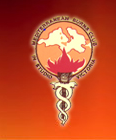 Made by bees from the nectar of flowers, used since ancient times to treat wounds and burns, honey has lately acquired a growing interest from the international scientific community and has been the subject of many specialized studies and communications. This article highlights the up-to-date knowledge on qualities, properties and mode of appliance of honey in the treatment of wounds of various etiologies, particularly burns, through an extensive retrospective analysis of data from the literature.
Made by bees from the nectar of flowers, used since ancient times to treat wounds and burns, honey has lately acquired a growing interest from the international scientific community and has been the subject of many specialized studies and communications. This article highlights the up-to-date knowledge on qualities, properties and mode of appliance of honey in the treatment of wounds of various etiologies, particularly burns, through an extensive retrospective analysis of data from the literature.
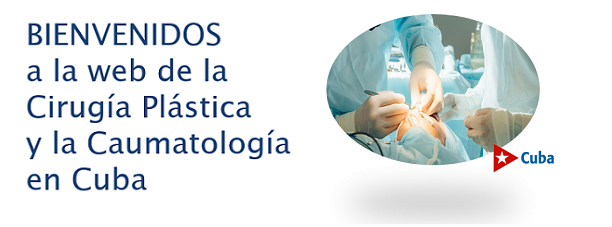
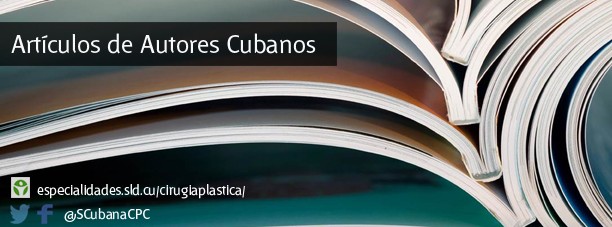
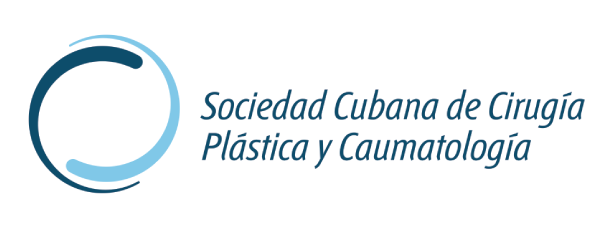
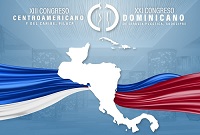
 Sitio web publicado el
Sitio web publicado el
Los lectores comentan